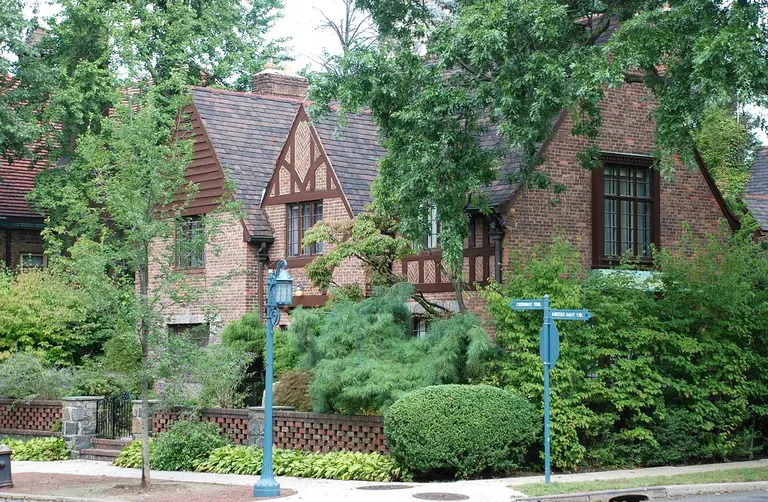
Image via the Historic Districts Council
Get ‘Em While They’re Cheap: A Look at Crown Heights Real Estate Past and Present
More on the Crown Heights renaissance here

Image via the Historic Districts Council

Part of the proposal, “A Really Greater New York”, that shows the East River infill and southern Manhattan peninsula

Forest Hills Gardens via Joe Shlabotnik via photopin cc

Stuyvesant Town Oval via Marianne O’Leary via photopin cc
Ever since architects James Ramsey and Dan Barasch announced their plan to turn a forgotten trolley terminal below Delancey Street into an underground park, design enthusiasts, urban planners, locals, celebs, and, well, just about everyone who’s caught wind of it has been waiting in anticipation for what’s to come. The push to make this cool concept […]

Monument to Peter Stuyvesant in Stuyvesant Square via edenpictures via photopin

Image © NewYorkitecture
If you read 6sqft’s version of “A History of New York in 101 Objects” you know that we received quite a diverse mix of responses. But there were a few items that proved to be most popular. So we want to know which of these three you think is THE object that defines New York City.